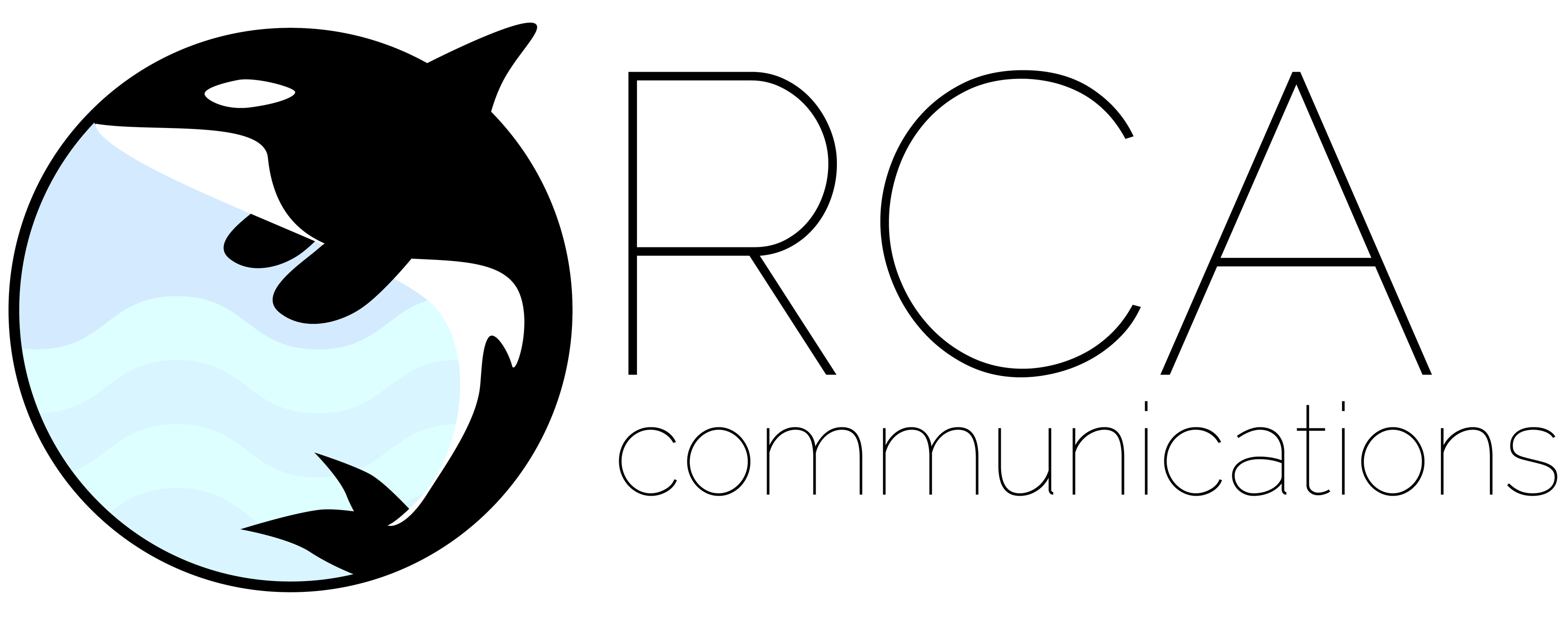Newsjacking: What is it and how do you do it without looking cringey?
Written by Rita Tennyson, Senior Publicist
One of the best tools in a PR person’s arsenal is to look at what a reporter is writing about and tailor a pitch to their needs. I sometimes call this ‘low hanging fruit’ because it can be much easier if you know what a reporter wants to write about and you can fit your client to that topic. This is also sometimes referred to as newsjacking (ie: taking a trending topic and pitching your client in a complementary way).
A lot of reporters say they’ll never take pitches from a publicist. This is one way to work with them anyway because it’s not exactly a cold pitch so much as it is providing them with a valuable source for something they’re already going to write.
For example, I saw that an Associated Press writer was doing a piece on what small businesses have to do right now to stay afloat or grow. Are they getting loans from the bank or turning to relatives for capital? I knew that one of my small business clients had a tough time getting a loan, she did eventually secure one and she was happy to talk about her experiences. I sent her info to the reporter, who may otherwise not have an interest in doing a story about my client’s particular aspect of business.
Associated Press stories are fed to newsrooms all over the country that will then pick up the story for their daily or weekly print issues or online publications. In this case, the story was picked up by over 250 outlets and was seen by researchers from the U.S. Congress who asked to interview my client about solutions for small businesses.
In another case, the fifth anniversary of John McCain’s death from Glioblastoma was coming up. I contacted stations in his home state of Arizona to see if they’d like to interview the CEO of the Glioblastoma Foundation about the anniversary and advancements in treatment that had happened since. Good Morning Arizona took us up on our offer and did a great interview with our CEO, filled with images and b-roll video that we were able to provide.
The first rule of thumb is to always be able to provide something of value for the story. A reporter will care if you offer something that rounds out their story and offers some sort of interest for their readers.
We’ve had clients who created products based on the war in Ukraine and we were careful to promote them in a way that isn’t opportunistic. But when publications reached out to us asking if we had any clients who created products supporting Ukraine, we were happy to offer them up and let them know if a percentage was being donated to the cause.
In general, it’s a healthy relationship when a publicist can help both its client garner some awareness and the media person get a great story. Win-Win for everyone.

